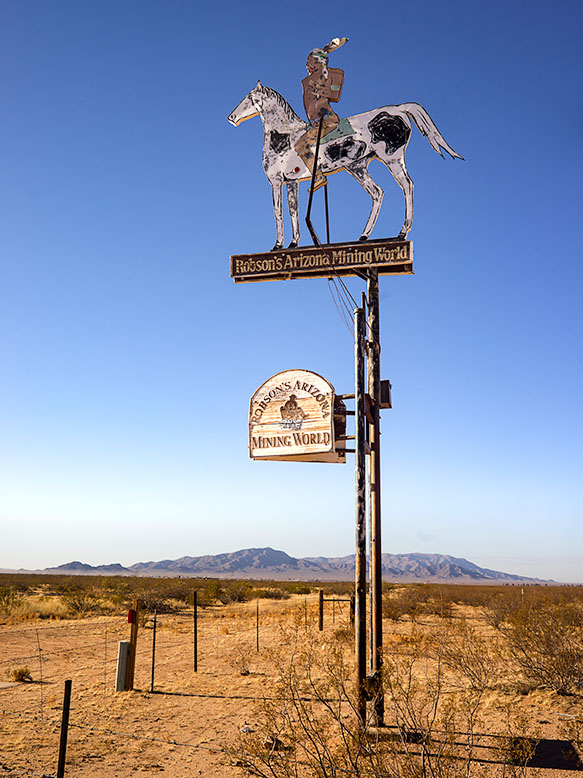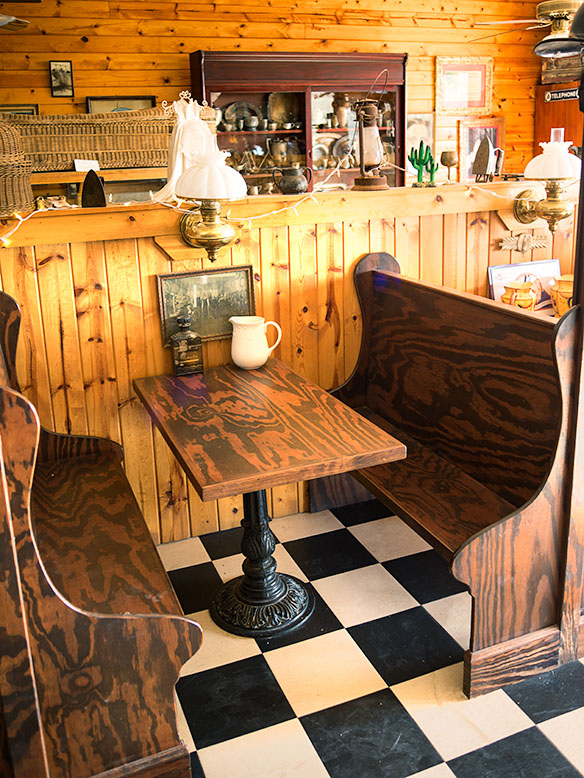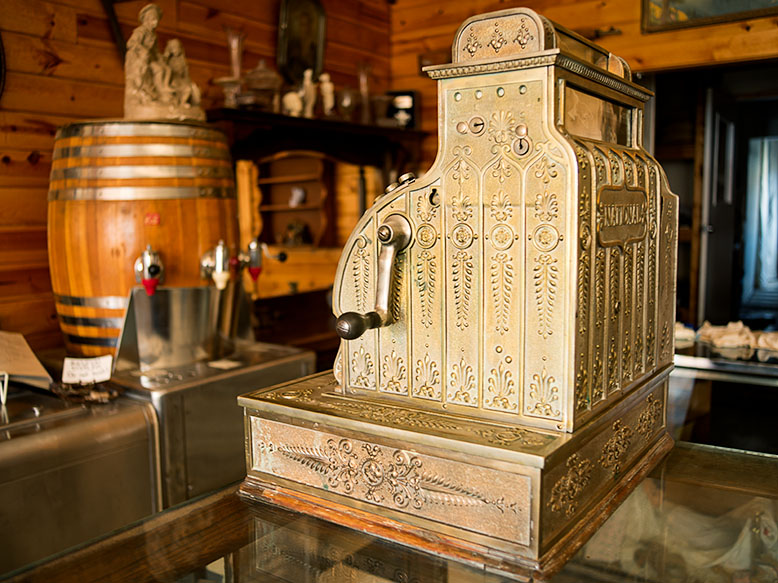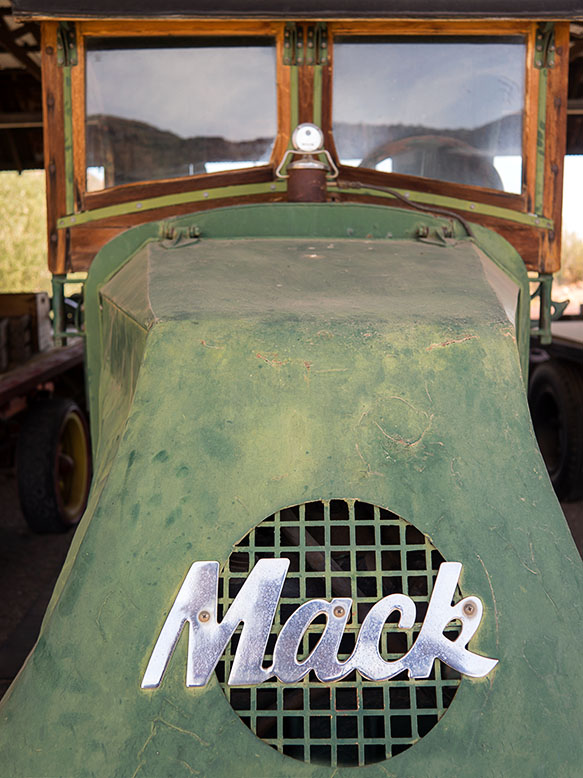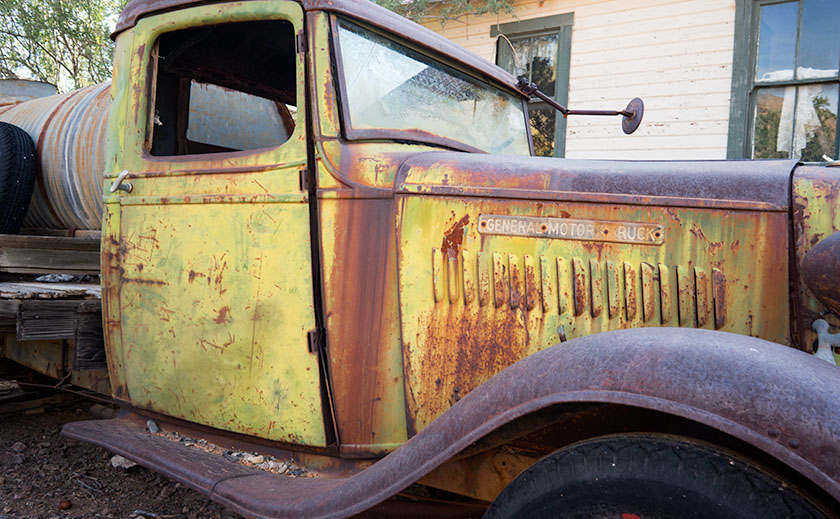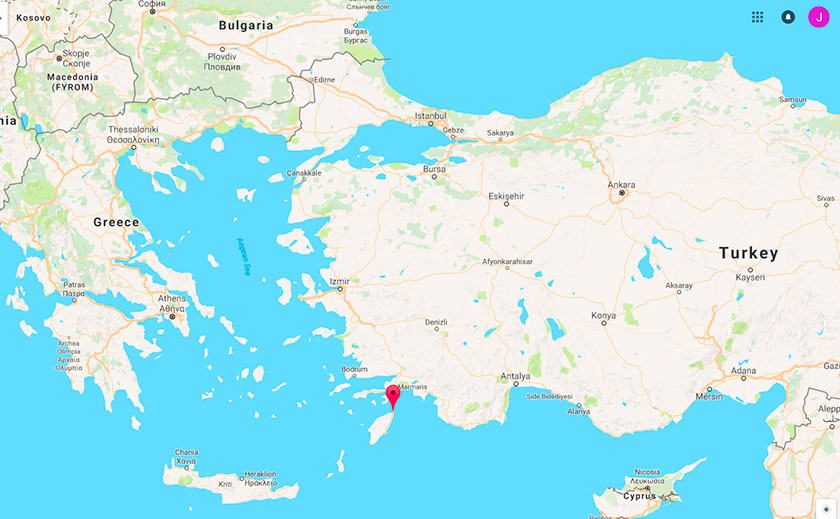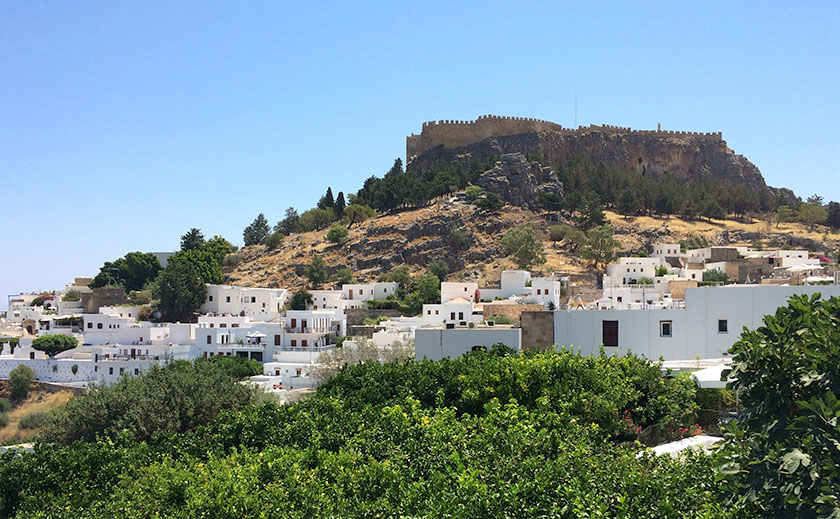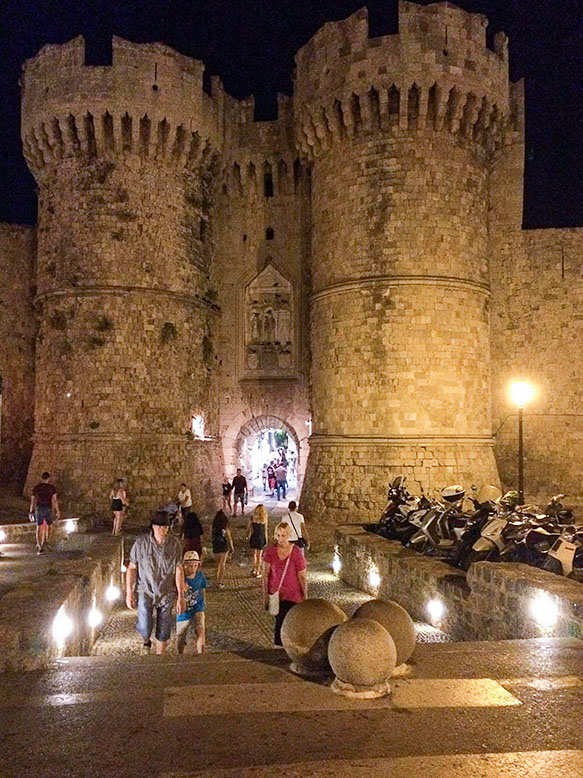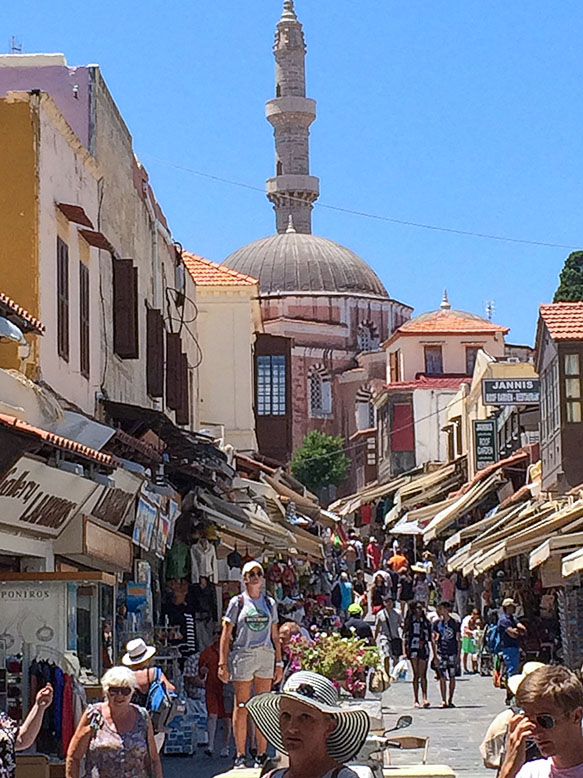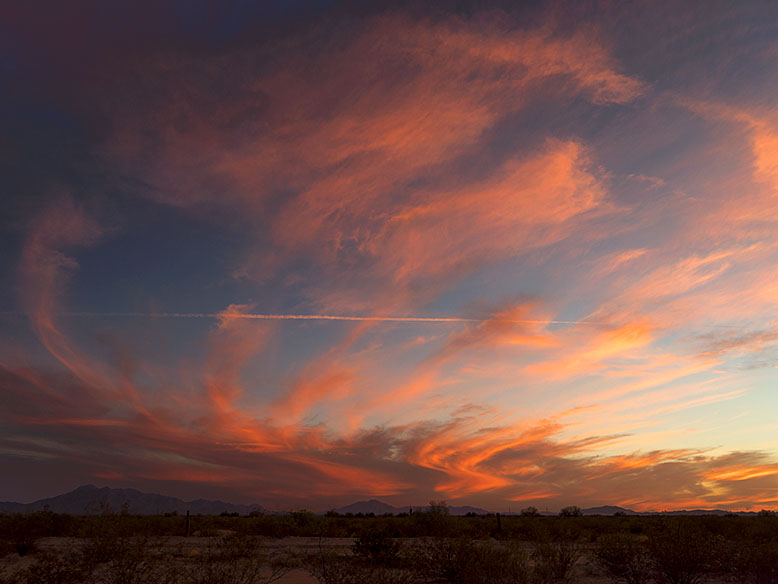
Because I’m over sixty, I have to get my Arizona driver’s license renewed every five years. Arizona licenses don’t otherwise expire until you reach that age. After sixty, you have to prove that you can still read by taking an eye exam. It’s another example of geezer discrimination. The list of old person bias is long, but I’m not here to complain about that—I have other things on my mind.
On the plus side, there are perks to being grey-haired. We get to wear slacks up to our nipples, we wear white belts any time of the year, we’re allowed to wear black socks with sandals, and we can spend every day on a golf course. Since I don’t play golf, I compensate by sitting around the house whiling-away my time with my idle brain thinking about completely useless crap. Because I do that, in the last couple of weeks, I’ve had a couple of brain worms get stuck in there, so I need to run them by you and try to drain the swamp to make room for new useless crap.
The worms crawled in after I wrote a post about light and photography (this one) in which I explained that the sun’s light was more pleasing in the early morning and evenings because of the long shadows and the sun’s warmer colors. What I failed to mention was that the morning colors are not exactly the same as sunset’s. Although the color gets warmer because the sun’s rays travel further through the atmosphere then they do at noon; the mornings are yellowish while sunsets are warmer—more orange. I’m not the only one who has noticed this phenomenon as I’ve read other photographer’s accounts on the subject. Since the atmosphere is the same thickness at each horizon, what causes this apparent color shift?
Well … the time I watched PBS, I saw a show about some Einstein guy and his so-called Relativity Theory, so I made up my answer based on the Doppler effect—like how the sound of a train changes pitch as it passes. My explanation is that since the earth rotates on its axis at 1,000 miles an hour, the sun’s light waves are compressed at sunrise relative to sunset. That’s because you’re moving toward the light in the morning and away from it in the evening. The color of the compressed waves shifts infinitesimally bluer and the stretched light waves are redder. That’s my story and I’m sticking to it. I was perfectly happy keeping my belief a secret until recently.
Another way I waste my non-golfing time is sitting in my Barkalounger 6000 bingeing on Netflix. The newest show we’ve been watching is Travelers. In the show, Will—of Will and Grace, who is suddenly straight—is part of a group of people who travel back in time to change events that eventually lead to the demise of civilization. The show has moral overtones that deal with artificial intelligence and religion that I don’t want to go into now, but its entertaining Sci-Fi.
At the same time, every Wednesday, Queen Anne and her girlfriends get together and watch a show called Outlander and it also has a time travel plot. I really believe they watch it to see the hunk they drool over, but in Outlander, the heroine jumps a couple of centuries somewhere in Scotland. I haven’t watched it and what I know comes from Anne’s babbling when she comes home all flushed and frisky. I have to feign headaches.
Here’s what’s been keeping me awake at nights. Time travel is not just impractical, it’s impossible, and my reasoning doesn’t even involve the Marty Fly Conundrum—dating your own mother. I’m a skeptic solely on the time/space aspects of such travel and I’m surprised someone else hasn’t brought this up before.
So, you’re a hot shoe because you speed down the Interstate at 85 miles an hour, or even better, maybe you’re a jet jockey who flies at the speed of sound. Big deal, I got you beat sitting in my lounge char spinning around the world at 1,000 miles an hour. Think about that: We constantly move faster than the speed of sound. That means that if you got into your time machine and went back just one hour, you’d wind up an hour ago but in a different time zone. That’s only the beginning. While we’re on this supersonic merry-go-round, we’re also zooming around the sun at 65,600 miles an hour. Imagine setting your way-back machine for one hour. You’d pop out somewhere on the orbital path sixty-thousand miles in front of the planet, and you’d better move because you’re about to become a bug on earth’s windshield when it catches up to you in precisely sixty minutes. It gets better. Our solar system is on one of the Milky Way’s spiral arms that orbit the galactic center at 450,000 miles each hour. And if that wasn’t enough, consider this: The Milky Way is moving away from the Local Void each hour by 1.3 million miles. So far, our total speed is only 0.19% of the speed of light so at least we aren’t close to breaking that speed limit, but we don’t know if our universe is stationary or floating through some cosmic Jell-O.
What I’m getting at with these staggering speeds is that to travel in time, you would need to plot and navigate back to a point somewhere in the Cosmos that you were an hour ago and it’s already more than a million miles away. Your calculations would need to be accurate with a precision beyond any computer that we have … and let me remind you how late your last flight arrived. When you think about this complexity, keep in mind how fast your gas gauge moves when your Chevy pickup speeds down the highway. The amount of energy required to instantaneously travel such a vast distance doesn’t exist. As Kelli Bundy said, “The mind wobbles.” I’ll add, “Get over it. It can’t be done.”
Oh, what a relief! I feel so much better now that I got that off my chest. Maybe now I can get some sleep. Now, if you’ll excuse me, my cheeseburger and I are going to jump into bed quickly before Anne gets home from her girls-night-out demanding that I dress up in the kilt she bought for me.
Until next time — jw

